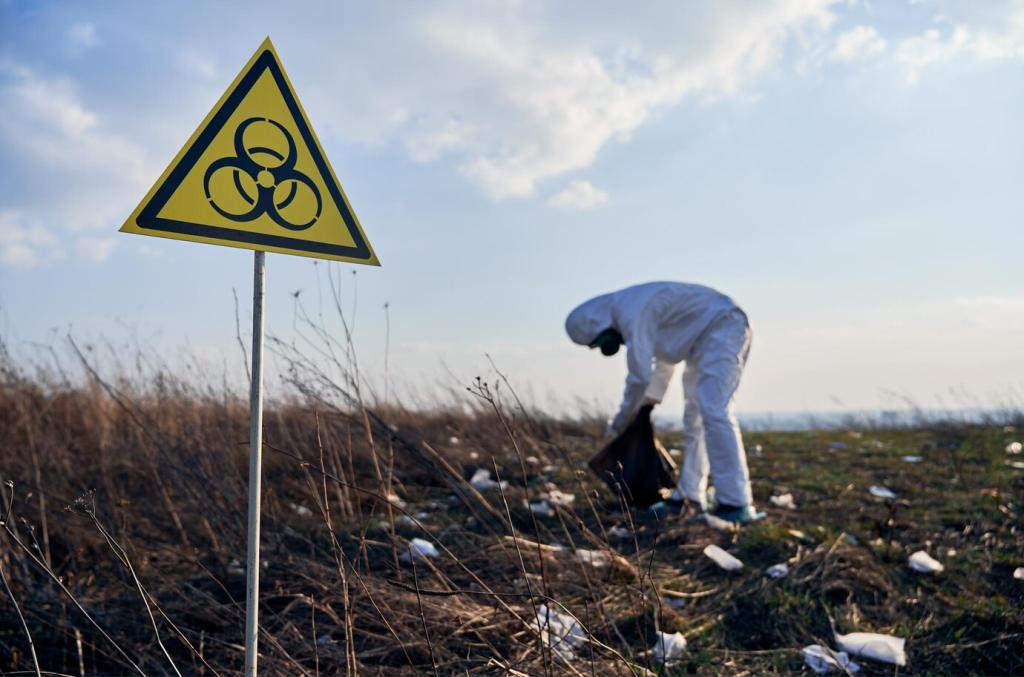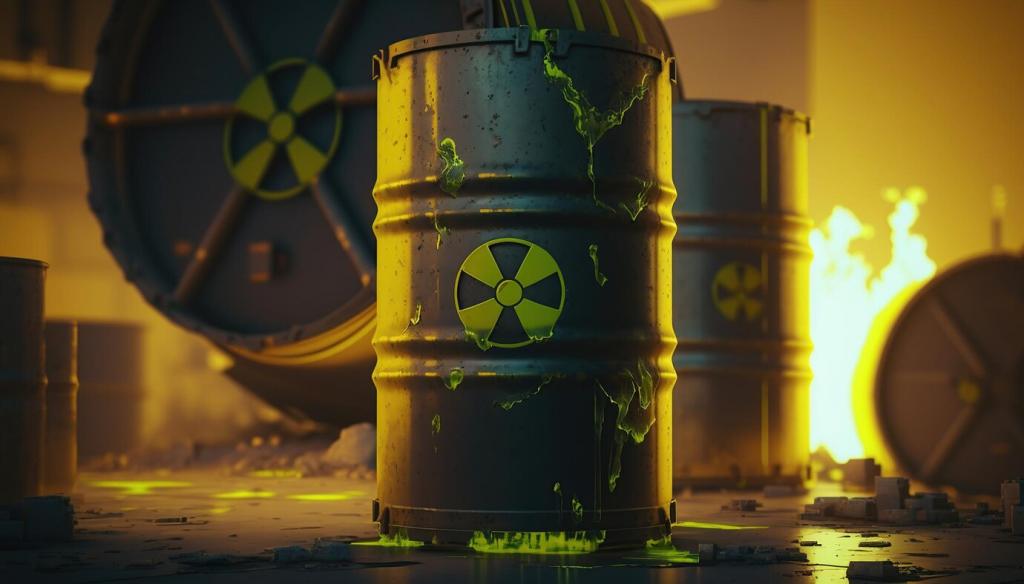Marine Life on the Line: How Species Respond
Copepods and daphnia are early warning beacons. Mild surfactant levels can disrupt their movement or feeding, echoing up food webs. If you spot unusual scums or fewer tide-pool grazers, leave a comment with location and conditions to support community monitoring.
Marine Life on the Line: How Species Respond
Even brief exposure to certain detergents can irritate fish gills and increase energy spent on breathing. That means less energy for growth or migration. Anglers, tell us what you notice after heavy rains near outfalls—your observations help ground our guidance in real waters.
Marine Life on the Line: How Species Respond
Extra nutrients from builders can fuel algae bursts. When the bloom collapses, microbes consume oxygen, stressing crabs and shellfish. If your bay posts a bloom alert, screenshot it and tag us so we can amplify the message and suggest safer cleaning swaps.









